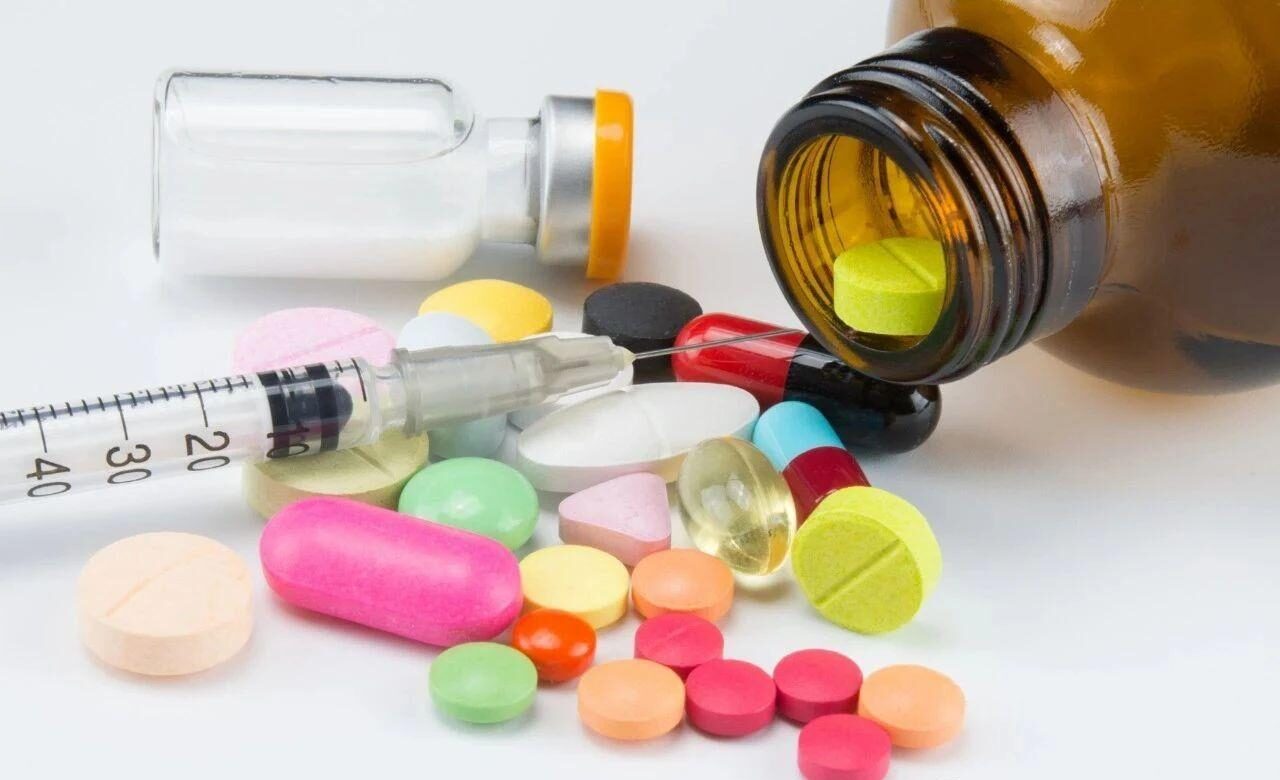IVF Surrogate Mom’s Frozen Embryo Transfer Preserves Pregnancy in Shocking Reversal

When surrogate mother Emma’s third frozen embryo transfer again ended in a biochemical pregnancy, Dr. Wilson of Harvard Reproductive Center stared at her progesterone test report and exclaimed, “8.2ng/ml!
I. Top Magazine Spotlight: The “Progesterone Storm” in Reproductive Medicine
2025 Global Reproductive Top Journal “Fertility and Sterility” published two heavyweight reviews in a row, completely subverting the perception of frozen embryo transfer for fertility preservation:
June Issue: Intramuscular Progesterone Remains the Only Fertility Preservation Option with Level I Evidence
July Issue: Exposing the Deadly Blind Spot of Vaginal Administration – Inadequate Serum Progesterone Triggers Collapse of Immune Tolerance
According to Yale University’s Director of Reproductive Immunology, Dr. Linda Park, “We’ve been blinded by the ‘uterine priming effect’ for 25 years, and ignored the progesterone’s dual life-escorting role.”
II.A lesson in blood and tears: the brutal clinical truth of vaginal dosing
2018 Three-Arm RCT Study (n=645)
| Fertility preservation program | Sustained pregnancy rate | abortion rate | live birth rate |
|---|---|---|---|
| Intramuscular (50mg/day) | 50% | 18% | 47% |
| Vaginal + intramuscular (mixed) | 47% | 22% | 44% |
| Vaginal administration alone | 31% | 41% | 28% |
Striking disparity: live birth rate plummeted 19% in the vaginal-only group compared to the intramuscular group, and the risk of early miscarriage doubled!
ralph lauren key findings chain:
Pregnancy rate trap: no difference in β-hCG positivity among the three groups (~65%)
Miscarriage rate cliff: up to 41% miscarriage rate by 8 weeks’ gestation in the vaginal group
Serum progesterone warning: mean blood progesterone on the day of transplantation in miscarriers was only 7.8ng/ml
III. Immunomicroscopy: the neglected mission of serum progesterone
2023 Nature Reviews Endocrinology review unveils progesterone’s dual identity:
Identity 1: Endometrial architect (local action)
✅ Promotes endometrial decidualization
✅ Inhibits uterine contractions
Vagina-dependent “uterine first-pass effect”
▶️ 1997 ex vivo uterine experiments:
4 hours after vaginal administration
Endometrial drug concentration: 185±155 ng/100mg
Myometrial concentration: 254±305 ng/100mg
Concurrent serum concentration is only <10ng/ml
Identity 2: Commander of immune tolerance (systemic effects)
✅ Activate regulatory T cells (Tregs)
✅ Inhibit NK cell toxicity
✅ Remodel the microenvironment of the maternal-fetal interface
Completely dependent on serum progesterone concentration
▶️ Animal experiments show that:
When serum progesterone is <8ng/ml
Uterine NK cell activity soars by 300%
Embryonic rejection rate increases by 5-fold
Johns Hopkins Reproductive Immunology Laboratory found that:
When serum progesterone is >8.8ng/ml, the expansion capacity of maternal Treg cells in surrogate mother increases by 2.3%. The Johns Hopkins Reproductive Immunology Laboratory found that when serum progesterone is >8.8ng/ml, maternal Treg cell expansion is increased by 2.3 times, which is the core immune guarantee for maintaining pregnancy.
IV. 8.8ng/ml: the golden cut-off line between life and death
The 2024 multicenter study (n=1150) reveals the golden rule of fertility preservation in frozen embryo transfer:
Surrogate mother serum progesterone threshold: 8.8ng/ml
≥8.8ng/ml group:
54.4% ongoing pregnancy rate
52.0% live birth rate
<8.8ng/ml group:
36.6% ongoing pregnancy rate
35.5% live birth rate
Three high-risk groups warning
Obese surrogate mothers (BMI>28): the risk of low progesterone increases by 3 times
Ovarian hypoplasia: insufficient luteal support
Repeated implantation failures: the average value of blood progesterone in the group of previous miscarriages is only 6.9ng/ml
V. 2025 Fertility Preservation Program Optimization Guidelines
1. Drug delivery revolution
| programmatic | population (esp. of a group of people) | Transplant day compliance rate |
|---|---|---|
| Intramuscular (oil) | All frozen embryo transfers | 92% |
| Vaginal gel + intramuscular injection | Past Failures/Obese Surrogate Mothers | 89% |
| Vaginal medication alone | not recommended | ≤40% |
2. Individualized dose adjustment
Standard dose: progesterone oil 50mg/day intramuscular
Indications for dosage increase:
✅ BMI >25: increase to 75mg/day
✅ Pre-existing low progesterone: add hCG 1500IU/week
Testing node: blood test at 8am on the day of transplantation
3. Emergency remedial strategy
When blood progesterone <8.8ng/ml:
Immediate intramuscular injection of progesterone 100mg
Review after 24 hours
Add oral dextroprogesterone 30mg/day to enhance immunomodulation
VI. List of clinical actions for surrogate mothers
Prior to the transfer
Ask the fertility center to provide intramuscular injection program
Obese surrogate mothers to lose 5% weight in advance (BMI ↓ 1 unit can increase the concentration of progesterone by 15%)
On the day of the transfer
Blood test for progesterone at 8:00 a.m. on time
Reject the medical advice of “no need to do a blood test”
Post-transfer
Immediately start the remedial program when the blood progesterone is <8.8 ng/ml
Weekly monitoring until the 10th week of gestation
Advice from Dr. Michael Chen of Stanford Reproductive Center: “Frozen embryo transfer: “Progesterone 100 mg, 24 hours review Dr. Michael Chen of Stanford Reproductive Center advises: “On the battlefield of frozen embryo transfer, serum progesterone is the sentinel of the lifeline. Ignoring its warning is tantamount to letting the immune system attack the embryo.”
VII.Future Prospects: A Technological Revolution in Progesterone Monitoring
Real-time monitoring by microneedle patch
Wearable device transmits progesterone data every 2 hours
Accuracy rate 98% (FDA approved by 2025)
Intelligent drug delivery system
Dynamically adjusts dosage according to algorithms
Narrowing the range of fluctuation of blood progesterone to ±0.5ng/ml
Immune-endocrine linkage model
Predicting progesterone demand by Treg cell count
Individualized error rate <3%
The 25-year “progesterone battle” is finally settled. The 25-year “progesterone debate” has finally been settled: the uterus needs topical progesterone to build its home, but the surrogate mother needs serum progesterone to keep the peace. When Maria in Boston was in tears after the eighth transplant, looking at the stable “9.2ng/ml” value on the real-time monitor, she finally understood – the guardianship of a new life never needs a double line of defense.






